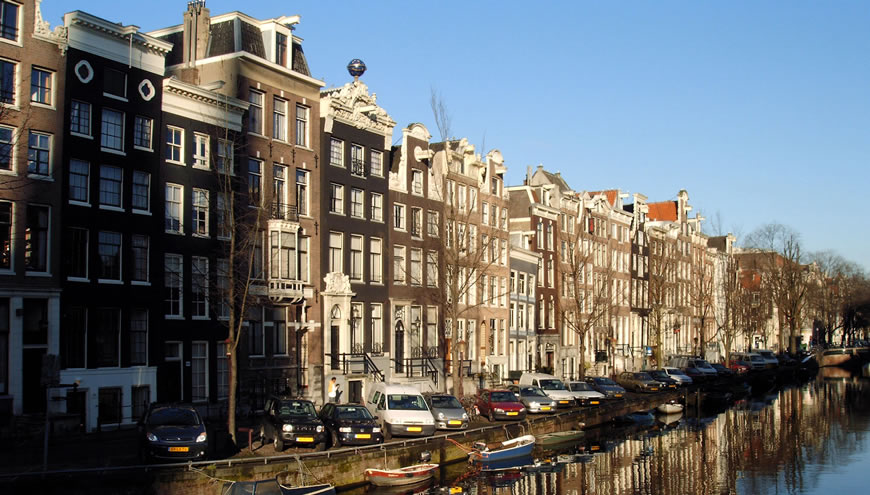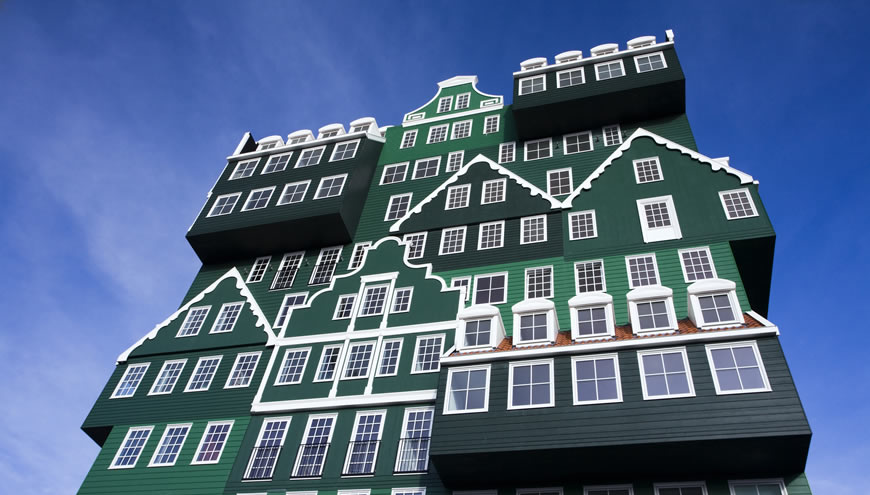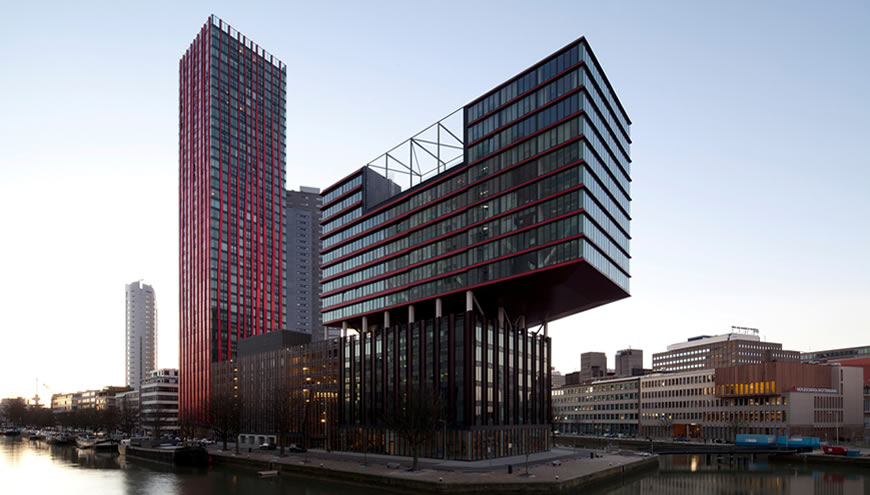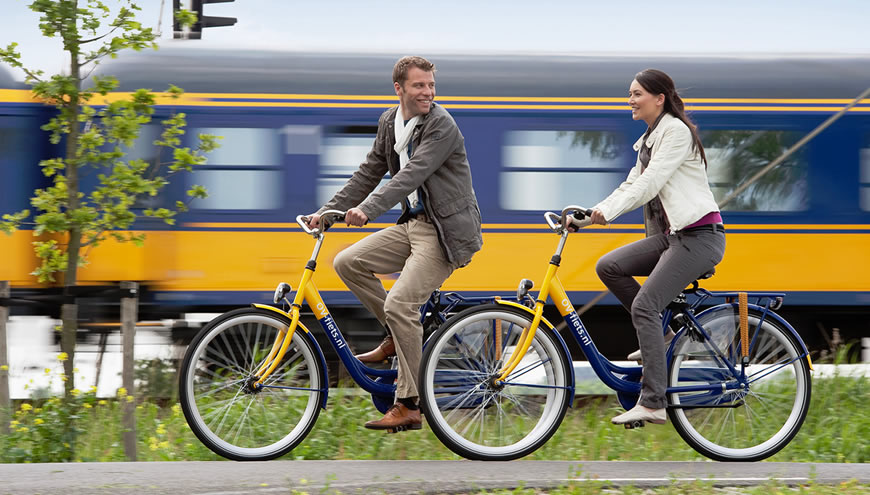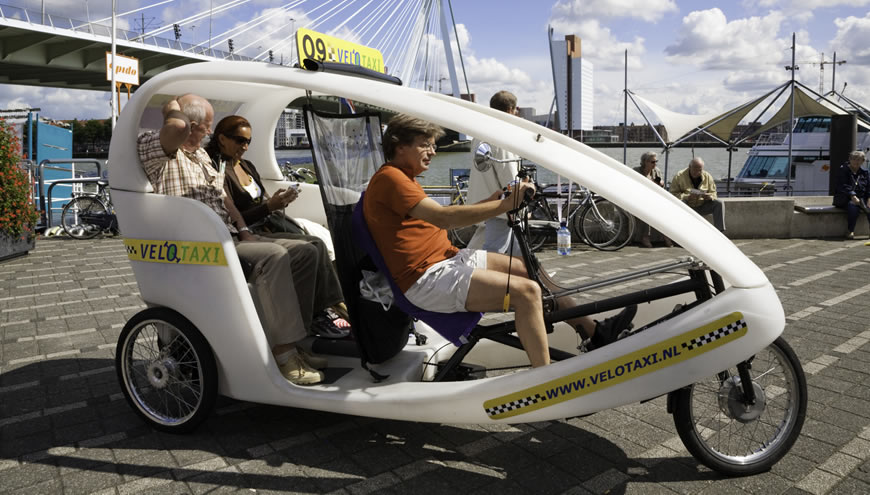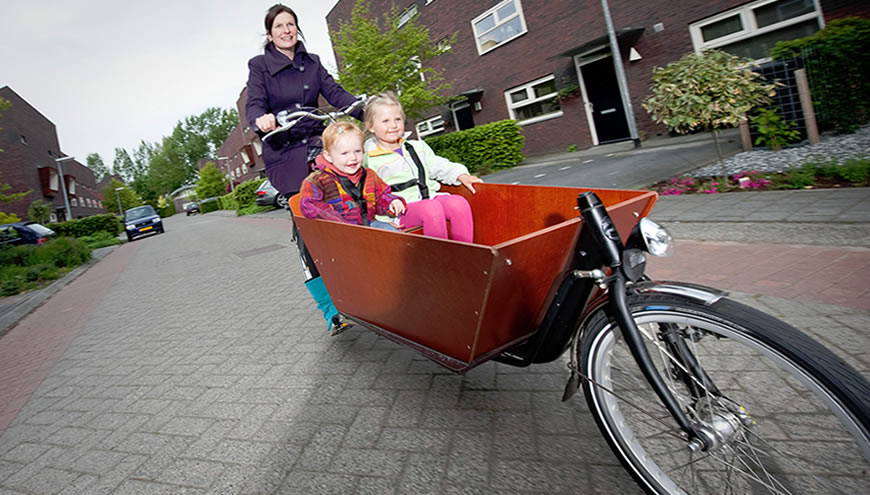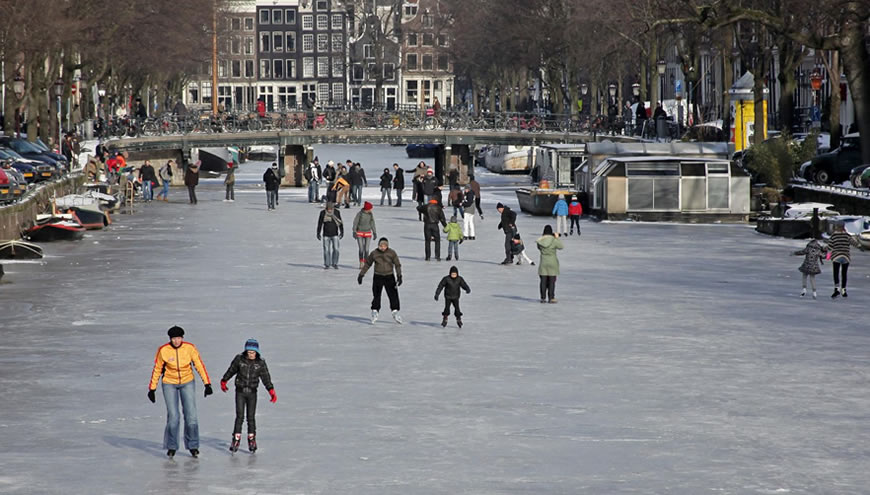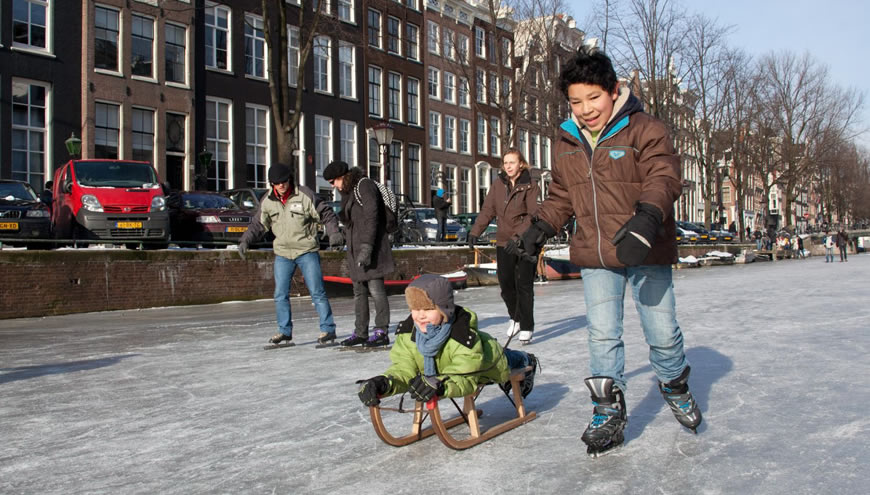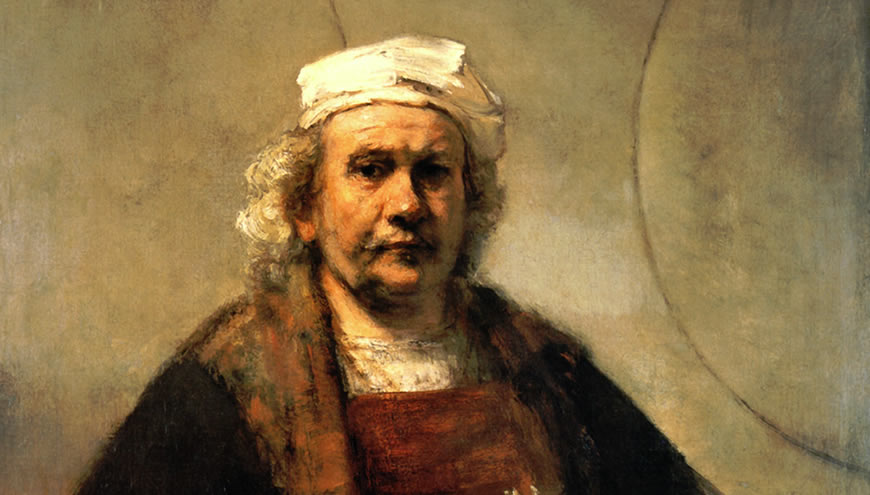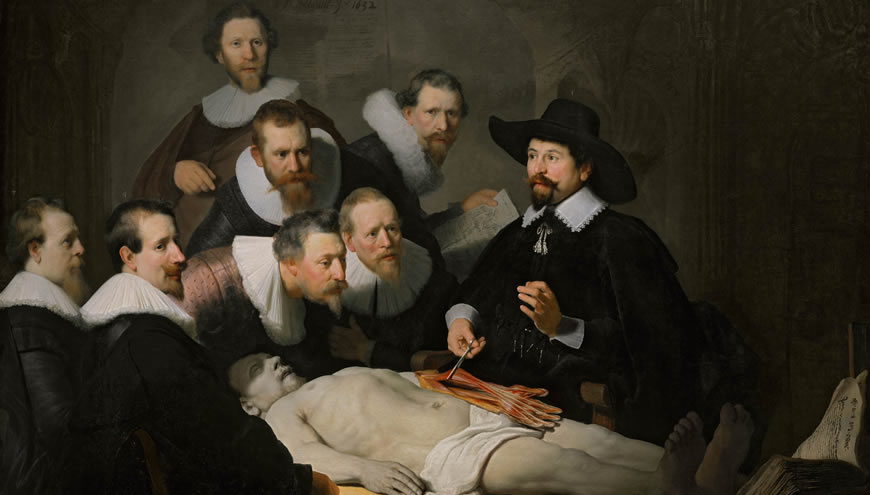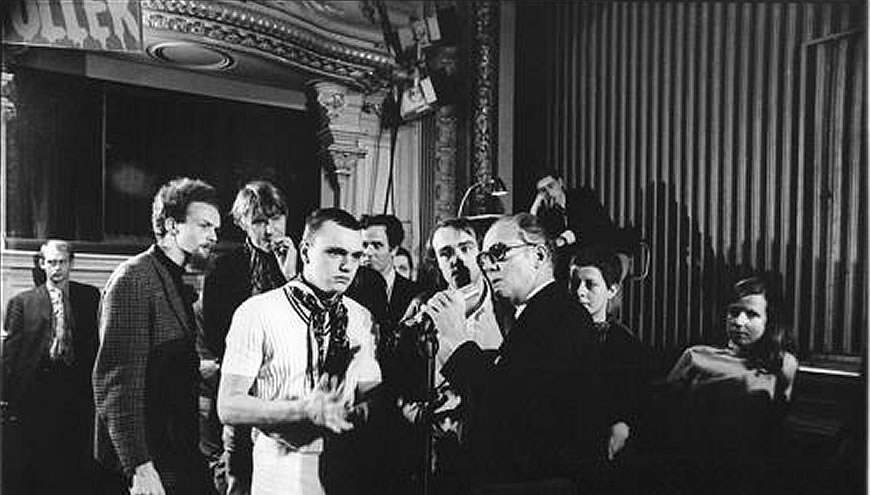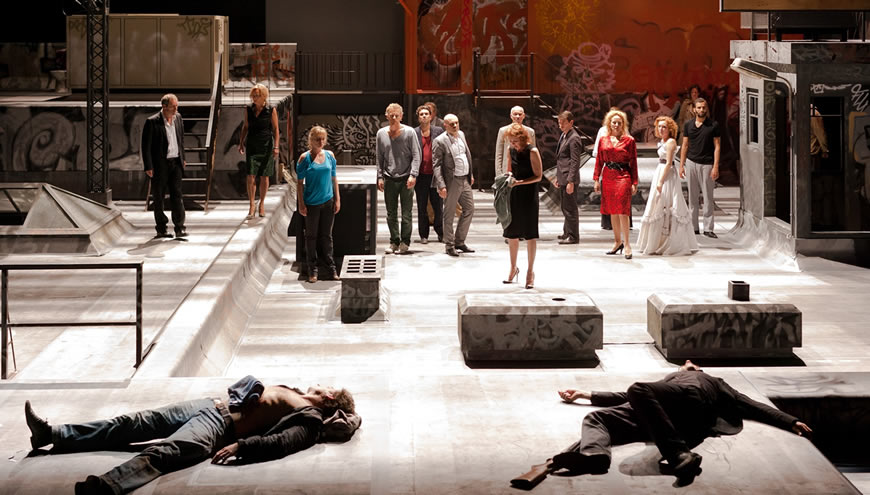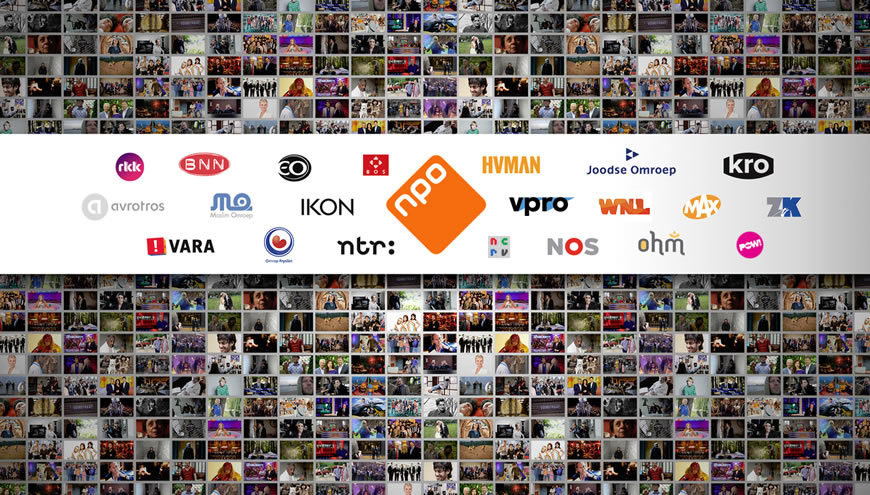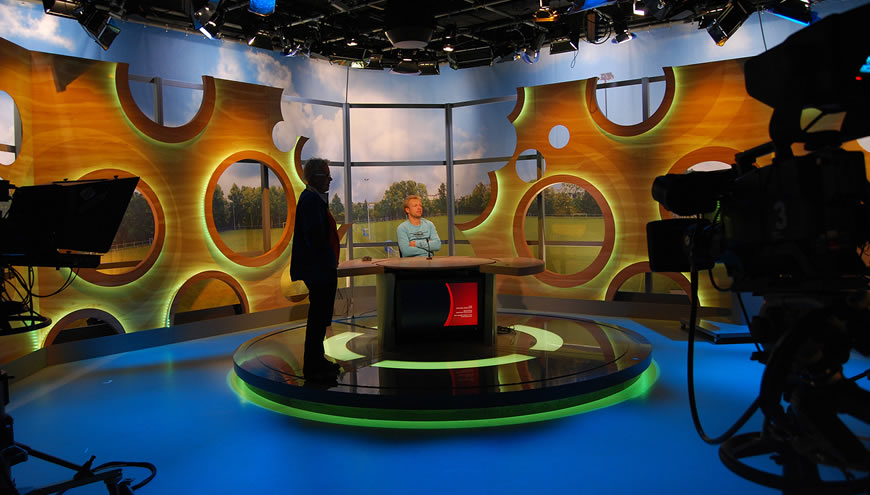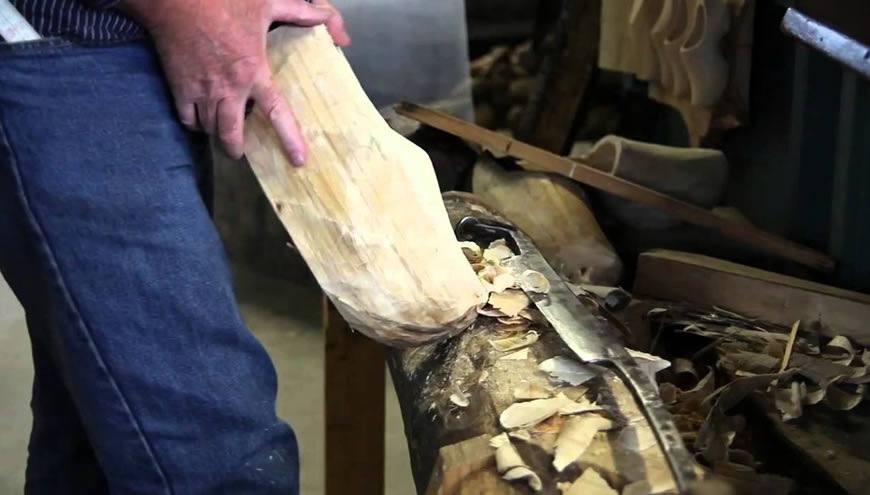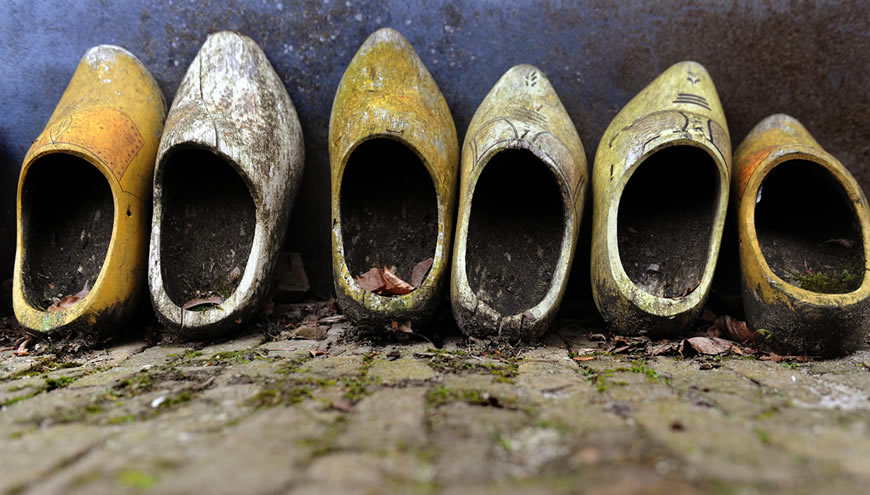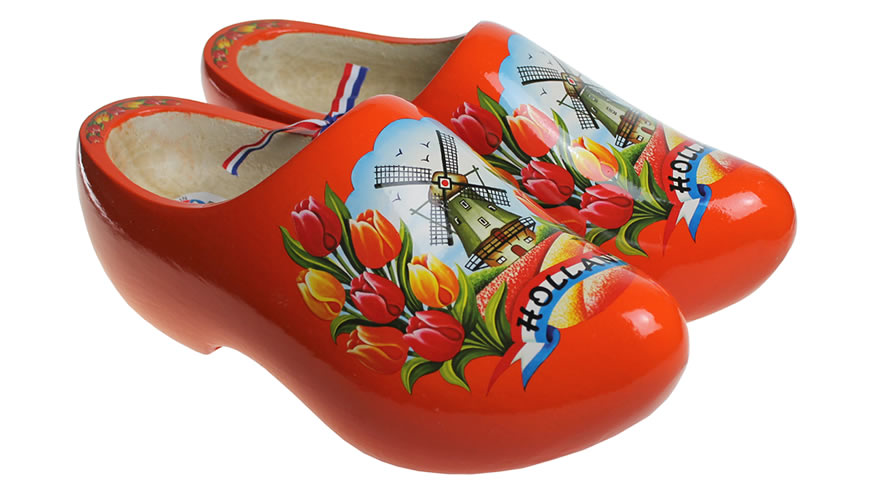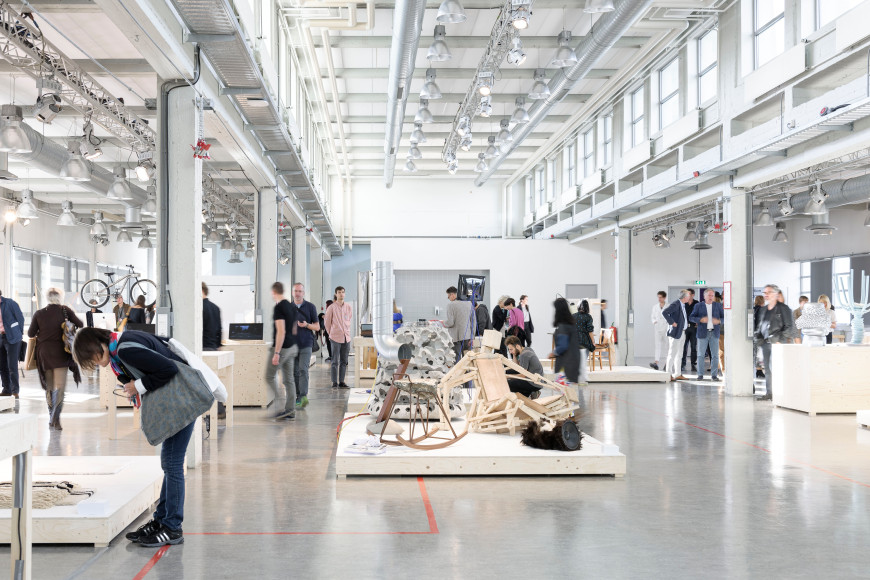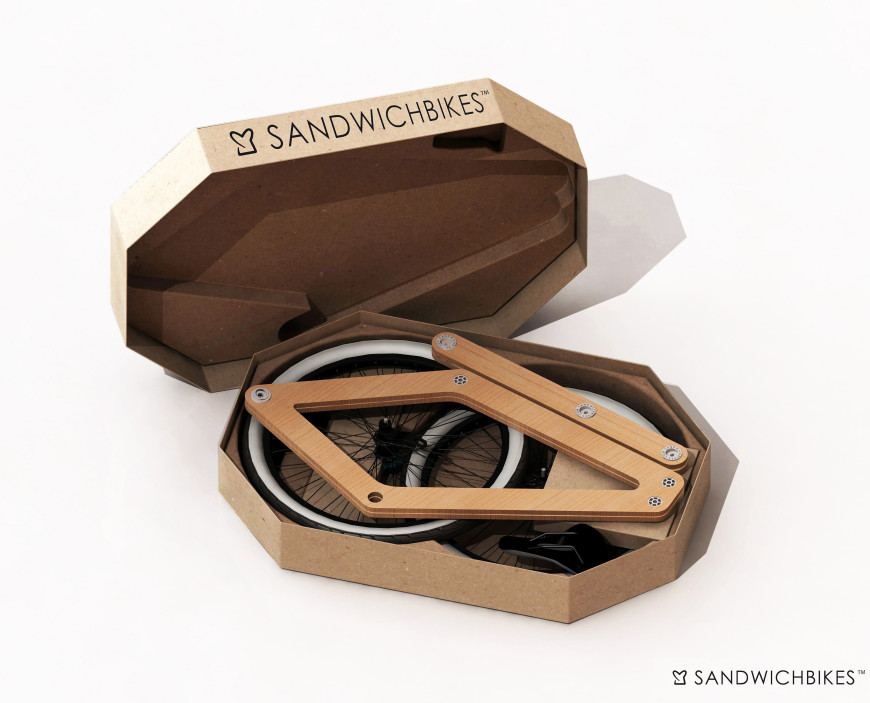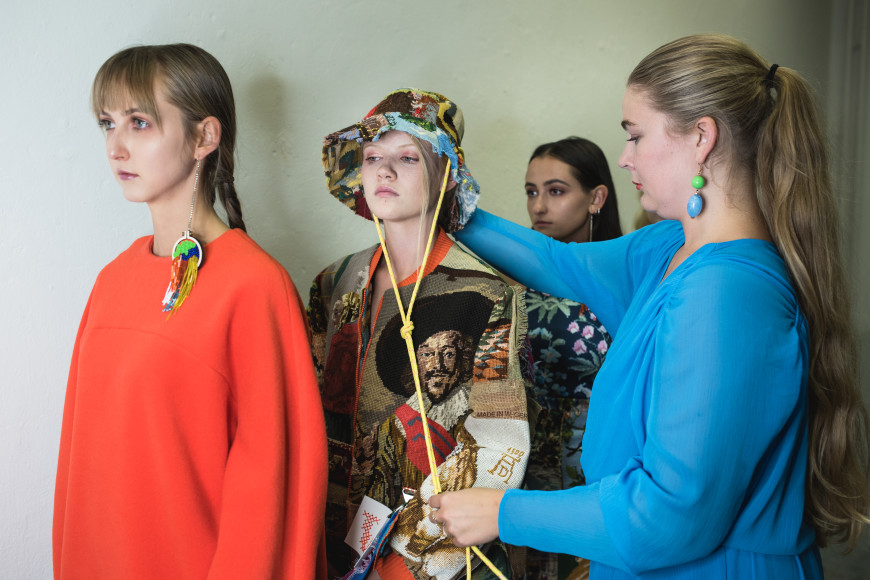-
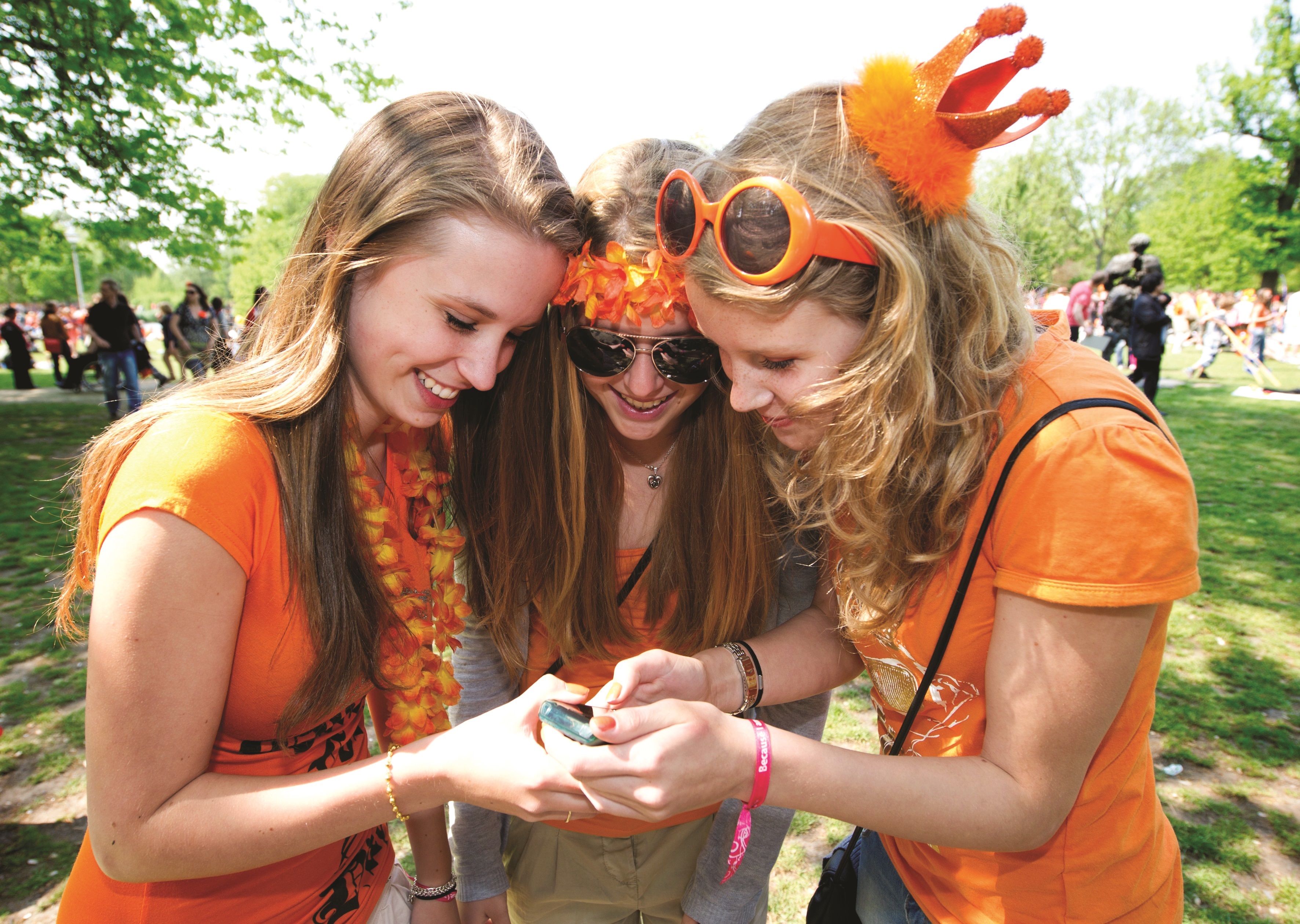
The Netherlands is all about culture
-
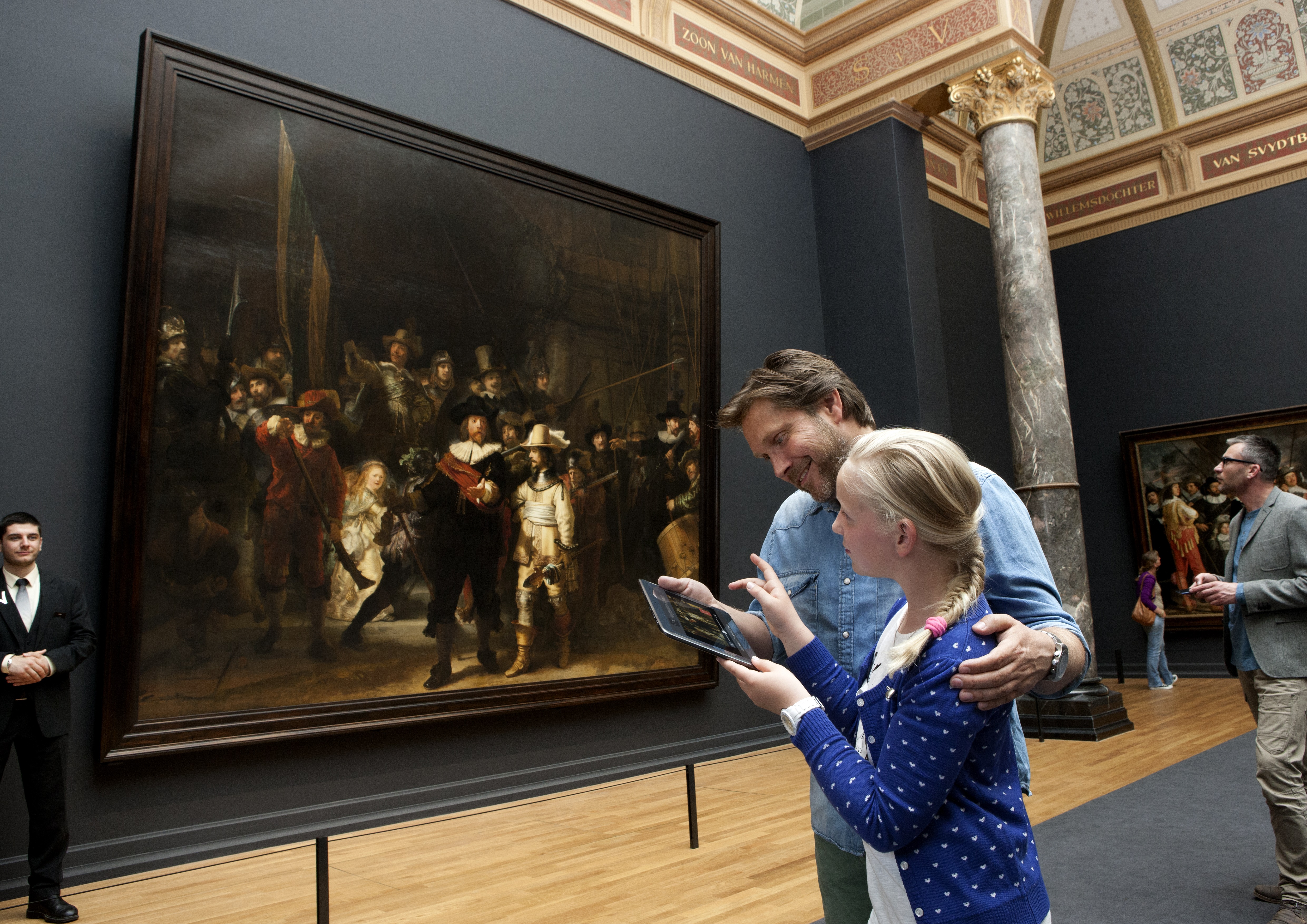
The Netherlands is all about creativity
-
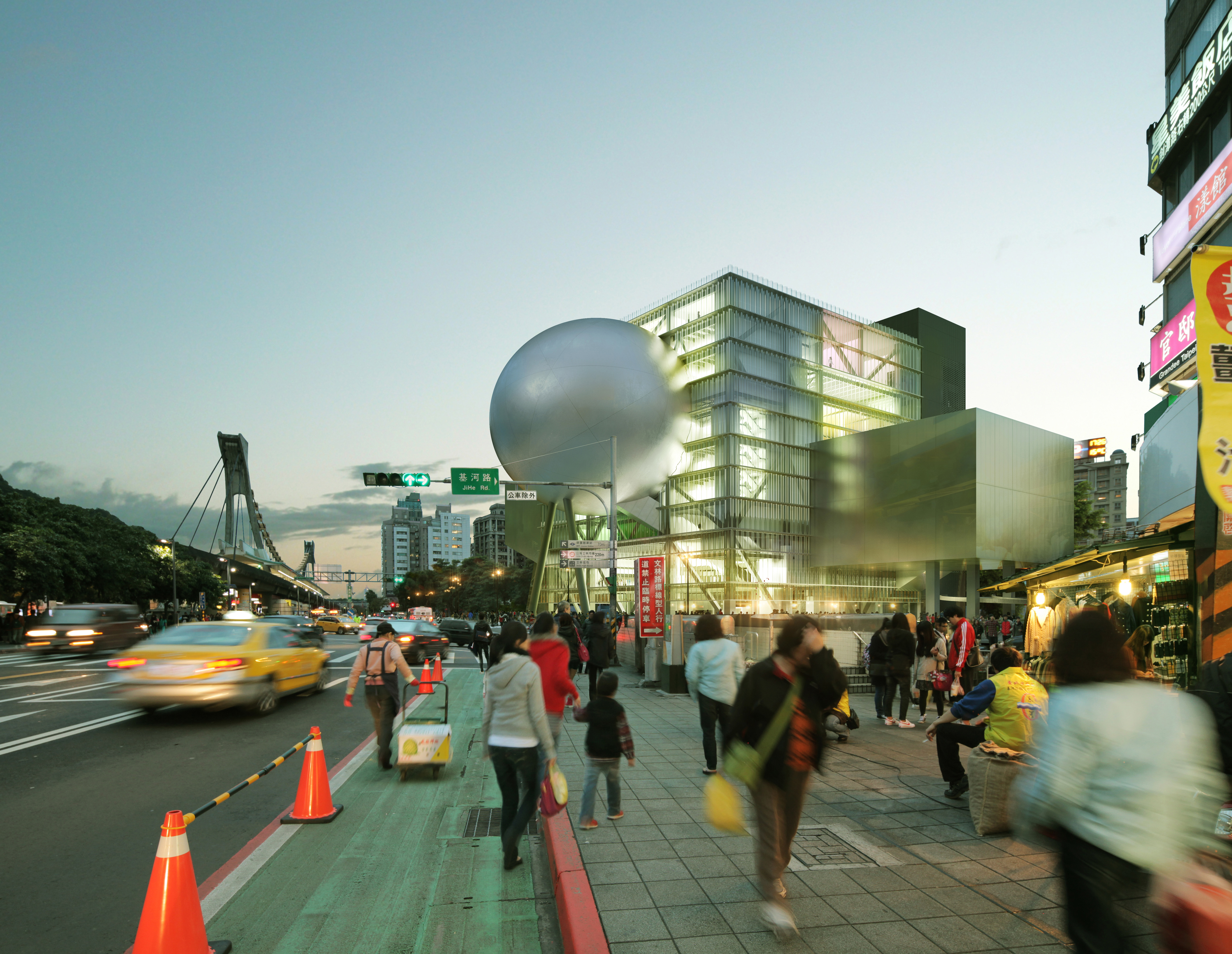
The Netherlands is all about design
Culture Department
The Netherlands Office Taipei promotes Dutch culture in Taiwan by organizing and sponsoring various activities and events. It facilitates cultural exchanges between the Netherlands and Taiwan, and provides Dutch artists and organizations with information and support for showcasing their work in Taiwan.
Architecture from the Low Countries
For centuries, the Dutch have made their mark on the international architectural scene with designs that are both practical and aesthetically pleasing. Even in Taiwan, you can find contemporary Dutch architecture: the Taipei Performing Arts Center and the National Kaohsiung Center for the Arts are two great examples that showcase the Dutch design mentality.
The Golden Age
The Dutch are primarily known for building their own country by reclaiming land from the surrounding seas, but the Netherlands is also world-famous for its 17th century architecture. During that “Golden Age”, the thriving economy drove a great expansion of the traditional merchant cities of Delft, Leiden and Amsterdam. Many new canals were dug throughout the towns for defense and transportation, and wealthy traders built their houses right on the waterfront: narrow and deep buildings that made optimal use of the limited and expensive real estate, with characteristic hoist beams for loading and unloading goods, and ornamented façades that flaunted the rich owners’ status to the world. Hundreds of years later these iconic images of gabled merchant houses are still used for decorations , from traditional cookies and candy to ceramic gin bottles and even kitchen tiles.
bold lines
But arguably the greatest development in Dutch architecture happened during the 20th century, when Dutch architects played a leading role in the international development of modern architecture. During the 1920s, many separate groups created their own views on modern architecture. No longer content with the old-fashioned ornamental styles, these bright new architects set out to redefine architecture as a social force, a solution to urban living and a new art form in itself. Expressionism and functionalism merged with large-scale urban planning to completely re-shape Holland’s largest cities, such as Amsterdam and Rotterdam.
global relevance
Even in the 21st century, Dutch architecture continues to play a leading role on the world stage. Many contemporary Dutch architects have achieved global prestige with their uniquely practical and humanist approach to building and designing. A good example is OMA’s Center for the Performing Arts in the Shilin District of Taipei. At first glance, this clustered group of several theatres poised on stilt-like legs looks as if a massive robot accidentally landed in Taiwan’s capital instead of the red plains of Mars, but a closer look at the intricate design reveals a revolutionary way to look at performance spaces. This building exemplifies the core values that drive so much of contemporary Dutch design. It is eager to explore the realm beyond the functional, and actively invites users and casual visitors alike to push past their boundaries in order to discover new perspectives.
The two-wheeled phenomenon
The Dutch came late to the game, with the “fiets” as the bicycle is generally known in the Netherlands. Not until the beginning of the 20th century did the two-wheeled contraption gain widespread popularity in the Low Countries. But once the Dutch had discovered the convenience and fun of biking, bicycles took the country by storm.
In spite of what many people think, the Dutch did not invent the bicycle. The credit is usually given to a German baron named Karl von Drais, who in 1817 created a heavy wooden two-wheeled behemoth that had to be propelled forward by awkwardly kicking the ground beneath one’s dangling feet. Next up was the Scotsman Kirkpatrick MacMillan who greatly sped up the development of two-wheeled propulsion by creating a rear-driven bicycle, but ironically, he was also the first person in history to get a ticket for a traffic accident involving a bicycle and a pedestrian.
Bicycles are eminently suited for the Netherlands, which is mostly flat and crisscrossed with an excellent network of paved roads. The only downsides to biking in the Netherlands is the strong and almost continuous winds and the rain – which can take you by surprise by drenching you before you have a chance to get your raincoat out. But on a sunny day, there is no greater joy than zooming around the countryside under the vast cloud-speckled blue skies – and you will not be alone. Millions of Dutch people use their bikes not only to commute to school or work, but also to run errands, go shopping, or go on trips and vacations. Riding a bike embodies all the values that the thrifty and practical Dutch hold dear: it is no-nonsense, convenient, healthy and, yes, it is cheap as well.
The Dutch love to tinker and innovate, and the Netherlands leads in the design and construction of unusual bikes for practical purposes: There are cargo bikes for transporting groups of toddlers, reclining bikes that can almost go as fast as a car, covered bikes that allow you to arrive crisp and dry at work and even an “office” bike that features pedals mounted around a mobile circular meeting table (there is also a “party” version of this model which features a pedal-driven beer pump for less formal gatherings). Some two-wheeled projects are more ambitious: the Dutch currently hold the land speed record on a bike with an impressive 133,78 kilometers per hour. But if you’re not in a rush, just grab a plain rental bike next time when you find yourself in the Netherlands, and peddle away at your own pace. You will be sure to have a great time.
Skating in the Netherlands
It doesn’t happen every year, but when the Netherlands freezes over, everybody goes crazy for ice skating. And finding the proper venue is not difficult. A large part of the Netherlands is below sea level, and kept dry by an elaborate network of smaller and larger canals which pump out rising groundwater. As a consequence, the Dutch landscape is crisscrossed by thousands of shallow waterways, ideal for ice skating once the thickness of the ice is sufficient.
But not all the fun is in the vast, flat countryside: many Dutch cities such as Amsterdam, Utrecht and Delft have extensive canals running through the old town, and as soon as these old transportation waterways freeze over, the urbanites don their skates and slip onto the ice for some quick pirouettes, a longer trek across town or just to have a quick hot chocolate and some freshly baked cookies at one of the "Koek en Zoopies" food stands that are erected on the ice.
The most famous national skating event is without a doubt the "Elfstedentocht", or 11-Cities Tour, a skating event that meanders along a 200 kilometer track over frozen canals, lakes and rivers in Friesland, the Dutch province in the very north of the tiny country, passing through eleven towns in the region. Since its first run in 1909, is has only been held 14 times, because most Dutch winters are too mild to meet the strict criteria for ice thickness – 15 centimeters minimum. Every winter, the nation watches the thermometer drop, and waits anxiously for the verdict of the official "ice master" for a go or no-go.
Even thick ice is no guarantee that you can skate in this national event: only association members are allowed to participate, and tickets are issued by invitation only, with some members granted a slot in even numbered years and others in odd numbered years. But when the 16,000 or so lucky ones finally gather at the starting line for the grueling 200 kilometer track across the frigid and windblown Frisian landscape, they know that up to a million and a half spectators will be lining the route to cheer them on.
The Golden Age
Say "Dutch Art" and history will inevitably push itself to the forefront. With such a rich heritage, ranging from the Masters of the Golden Age (Rembrandt, Vermeer, Frans Hals, Jan van Eyck) to pioneers such as Vincent van Gogh and Piet Mondriaan, it is hard to escape the legacy that is cast by these masters from the past, in spite of the fact that the Netherlands also has a vibrant contemporary art scene that produces some of the most exciting new artists of this generation.
The Dutch Golden Age was a period in Dutch history, roughly spanning the 17th century, in which Dutch trade, science, military, and art were among the most acclaimed in the world. It is mostly known as the period that produced the now world-famous works of Rembrandt and Vermeer, but if you would ever set out on a mission to see all of the Dutch Masters that were produced during this flourishing period, you would have your work cut out for you: in the two decades between 1640 and 1660, it is estimated that the Dutch painters collectively produced over 1.3 million paintings.
The Dutch masters were the pop stars of their time. The large volume of painting produced meant that prices were fairly low, bringing the possession of an oil painting within reach of the social classes that previously had no access to art at all. Like true rock stars, the "celebrity" masters could command very high prices for their works – and often did.
The irony is that many of these artists were not always appreciated in their time. Many artists who are now considered among the greatest of their time, such as Rembrandt, Hals and Vermeer had considerable problems earning a living, and had to take on second jobs to make ends meet. A lot of them ended up in a pauper's grave, with their deserved fame only catching up with them after another two to three centuries.
Today, the works of this golden age of Dutch art can be found in museums all over the world, but the Netherlands, of course, can still boast of the largest and most comprehensive collections, especially the famous Rijksmuseum, the most visited museum in the Netherlands with a record number of 2.2 million visitors a year. And in case you're just passing through, the Rijksmuseum has a small but excellent collection of Dutch Masters on display at its mini-sized gallery at Schiphol Airport as well.
Throwing tomatoes for change
In the late 1960's, the Netherlands was caught in an identity crisis. On the one hand, the Netherlands was still a very traditional - some might even say conservative - country where time-honored traditions held fast and where old-fashioned values still ruled all aspects of everyday life. But change was in the air and rock music, "free love", hippies, long hair, woman's rights, and student protests were challenging the established order.
The battle was even taken to the stage; during the famous "Tomato Riots" (Actie Tomaat), disenfranchised young actors took to throwing tomatoes at their older colleagues as they performed a traditional – and in the view of the young Turks, an inexcusably stuffy and outdated – version of Shakespeare's The Tempest. Rebellious young theatre makers founded their own ensembles and creative new collectives, vowing to re-explore the limits of stage drama.
Today, Dutch theatre is alive and well, and doing surprisingly well overseas, in spite of the fact that the subtleties of the Dutch language are fairly inaccessible to anyone who is not a native speaker. Modern tools such as digital real-time subtitles and, of course, multilingual actors have allowed Dutch drama to travel wide and far: to Vienna, New York, Melbourne, and, of course, Taipei.
The media landscape in the Netherlands
"... this just in"
The Dutch have a unique approach to public broadcasting. Up to the 1980's, virtually all radio and TV channels were controlled by the government, and airtime and funds were allocated to formal organizations who reflected political or religious currents, with the amount of airtime and money depending on how many members they had.
But since the introduction of new legislation in the late 1980's the airwaves have been opened, and nowadays the formal government-sponsored public radio and TV channels face stiff competition from commercial stations. Present-day Dutch viewers and listeners also have access to a wide range of domestic and foreign channels. Yet the three national public TV stations still enjoy high audience shares, and continue to dominate the TV landscape.
The Netherlands has a well-deserved reputation for allowing different voices and opinions to be expressed, and the traditional broadcasting system reflected these values. The Dutch love their opinions, and they love to voice them even more. It should come as no surprise that the first ever radio program was broadcast from the coastal town of Scheveningen in the Netherlands as far back as 1919.
In the Netherlands, freedom of the press is guaranteed by the constitution, as is free speech. The Dutch openly encourage expressing diverse opinions and tastes, and seem to love the enthusiastic debate that often ensues. But in general, the lively public discourse in the media is quite civil and respectful. Most newspapers in the country are broadsheets and Dutch readers do not seem to have developed a taste for sensationalist tabloids.
The iconic Dutch symbol
The iconic Dutch wooden shoe or clog is called a "klomp" in Dutch, a word that sounds almost as cluncky as the footwear it describes. A klomp is produced from a single, solid block of wood from the willow or poplar tree, which yields a light type of wood that can easily be carved. Original clogs (plural in Dutch: "klompen") were hand-carved, but nowadays the heavy work is done by intricate machines that can chisel out a full wooden shoe in a matter of minutes.
Most Dutch people don't use clogs anymore, and the only group of people that still wear them are rural workers. But don't be too quick to dismiss this clunky piece of unfashionable footwear. Klompen are actually quite convenient. They are very easy to slip in and out of, they are surprisingly light, comfortable, and warm.
The European Union even gave the traditional all-wooden Dutch clogs a CE mark as safety shoes. They can withstand almost any penetration (including sharp objects and concentrated acid and are actually safer than steel-capped protective shoes in some circumstances, as the wood cracks rather than dents in extreme accidents, allowing easy removal of the clog.
Clogs are even used in several different styles of dance. An important feature of the traditional "klompendans" is the loud slapping of the clogs against the floor, like a precursor to the modern jazz tap dance. But most of the approximately three million pairs of "klompen" that are sold each year are not used for dancing or as safety footwear: they are purchased and exported by tourists as souvenirs. They make a nice ornamental object and - another good use can be hung from a wall to be used as a flowerpot.
The term Dutch design, mainly referring to product design, became popular from the 1990s onwards when a group of Dutch designers gained international recognition at major design events around the world.
Dutch product design has commonly been characterized as innovative, minimalistic, practical, ‘down to earth’, and experimental with a humorous touch. According to Hugo van den Bos, strategy director of Dutch graphic design studio Koeweiden Postma, “Dutch design is simple and powerful”.
Among the most famous design schools are Design Academy Eindhoven and the Gerrit Rietveld Academy in Amsterdam. Eindhoven organizes the yearly Dutch Design Week, the biggest design event in Northern Europe, presenting the work and ideas of more than 2600 designers.
In terms of fashion design, Dutch designers such as Viktor & Rolf and Iris Van Herpen are also well known in the international fashion scene.
Cultural associations and organizations in Taiwan
For questions regarding cultural affairs, please contact us at:
886-2-8758 7228or e-mail us at tai-pca@nlot.org.tw




